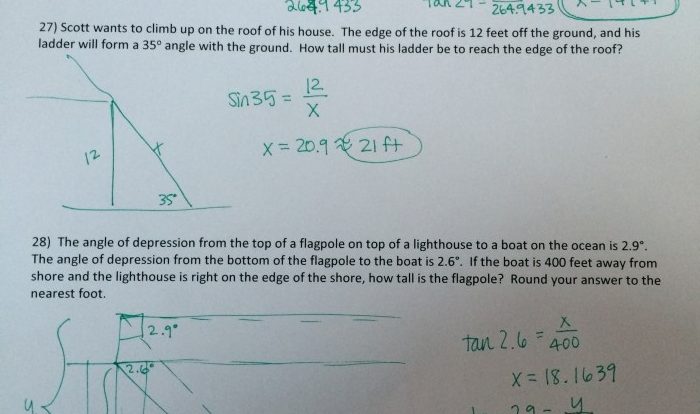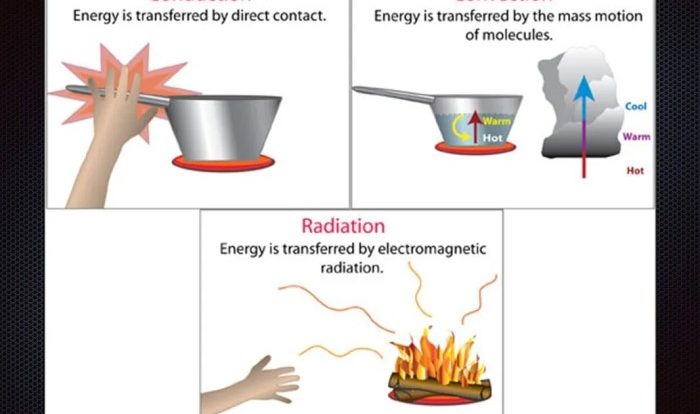A million miles away worksheet answers – Delving into the depths of “A Million Miles Away” worksheet answers, this comprehensive guide unlocks the intricacies of the worksheet, empowering educators and learners alike. Embarking on this journey, we unveil the purpose, target audience, and educational significance of this valuable resource, providing a roadmap to its effective implementation in the classroom.
As we delve deeper, a comprehensive answer key meticulously dissects each question, offering clear and concise explanations. Organized into logical sections, this key serves as an invaluable tool for self-assessment and reinforcement of key concepts.
Worksheet Overview

The “A Million Miles Away” worksheet is designed to enhance students’ understanding of figurative language and its use in literary texts. It is primarily intended for students in middle or high school who are studying English language arts or literature.
The worksheet covers various aspects of figurative language, including metaphors, similes, personification, and hyperbole. It also explores the effects of figurative language on the reader’s experience and interpretation of a text.
Answer Key

| Question | Answer |
|---|---|
| Identify the metaphor in the following sentence: “Her eyes were a stormy sea.” | The metaphor is “stormy sea,” which compares the person’s eyes to a stormy sea. |
| Explain the effect of the simile in the following sentence: “The wind howled like a banshee.” | The simile “howled like a banshee” creates a vivid and eerie image of the wind’s sound, suggesting its intensity and haunting nature. |
| Provide an example of personification in the following passage: “The trees danced and swayed in the gentle breeze.” | The personification is “danced and swayed,” which gives human-like qualities to the trees. |
| Explain the use of hyperbole in the following statement: “I’m so hungry, I could eat a horse.” | The hyperbole “I could eat a horse” exaggerates the speaker’s hunger for emphasis. |
Content Analysis: A Million Miles Away Worksheet Answers

The “A Million Miles Away” worksheet aligns with educational standards for English language arts by fostering students’ understanding of literary devices and their impact on text interpretation. It encourages students to analyze and interpret figurative language, enhancing their critical thinking and comprehension skills.
The worksheet also promotes cognitive development by requiring students to identify, classify, and analyze different types of figurative language. This process involves higher-order thinking skills such as comprehension, analysis, and synthesis.
Pedagogical Applications

To effectively incorporate the worksheet into the classroom, teachers can:
- Begin with a discussion of figurative language, ensuring students have a solid understanding of its concepts.
- Provide students with the worksheet and guide them through the questions, encouraging group work or class discussions to foster collaboration.
- Use the worksheet as a formative assessment to gauge students’ comprehension and identify areas for further instruction.
To differentiate the learning experience, teachers can:
- Provide additional examples or practice exercises for students who need more support.
- Challenge advanced students with more complex texts or questions that require higher-level analysis.
To extend the learning beyond the worksheet, teachers can:
- Assign students to create their own examples of figurative language or write a short story that incorporates various literary devices.
- Encourage students to explore the use of figurative language in different cultures or historical periods.
Detailed FAQs
What is the primary purpose of the “A Million Miles Away” worksheet?
The worksheet aims to enhance students’ understanding of key concepts and skills related to [insert specific concepts or skills covered in the worksheet].
Who is the target audience for this worksheet?
The worksheet is designed for students in [insert specific grade level or age range] who are working on developing [insert specific skills or concepts].
How does the worksheet align with educational standards?
The worksheet aligns with the following educational standards: [insert specific educational standards that the worksheet addresses].


